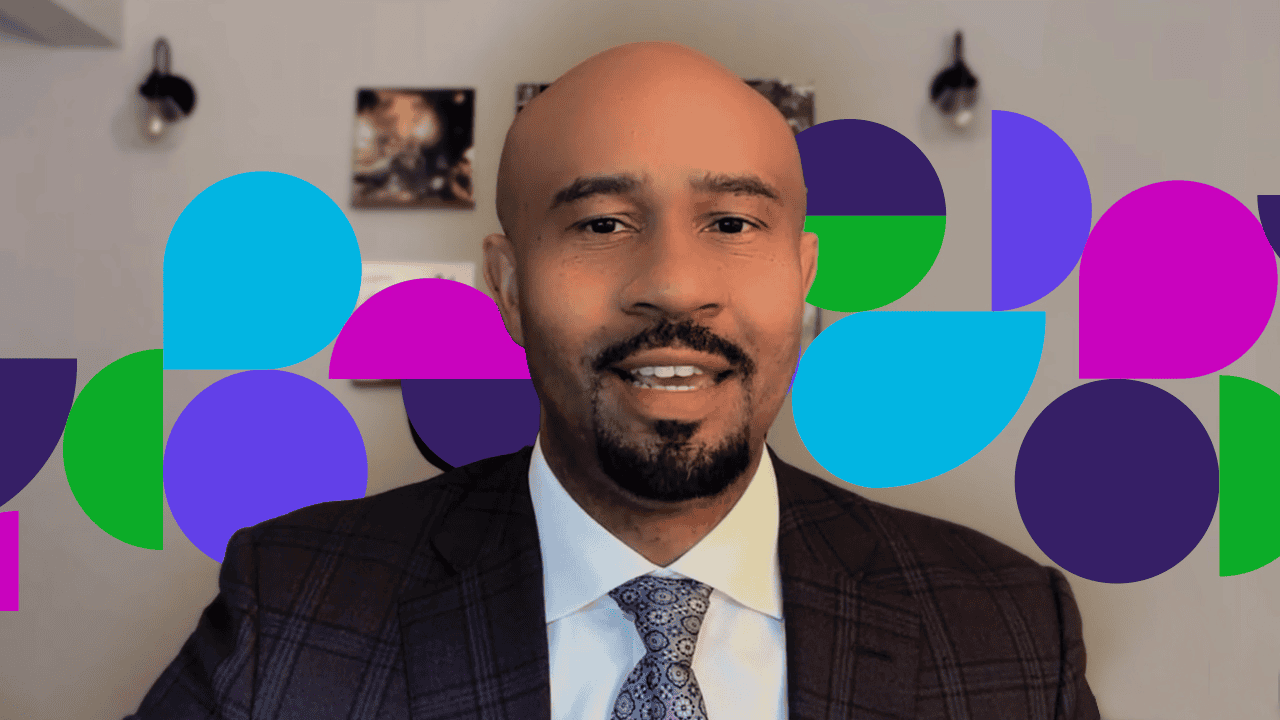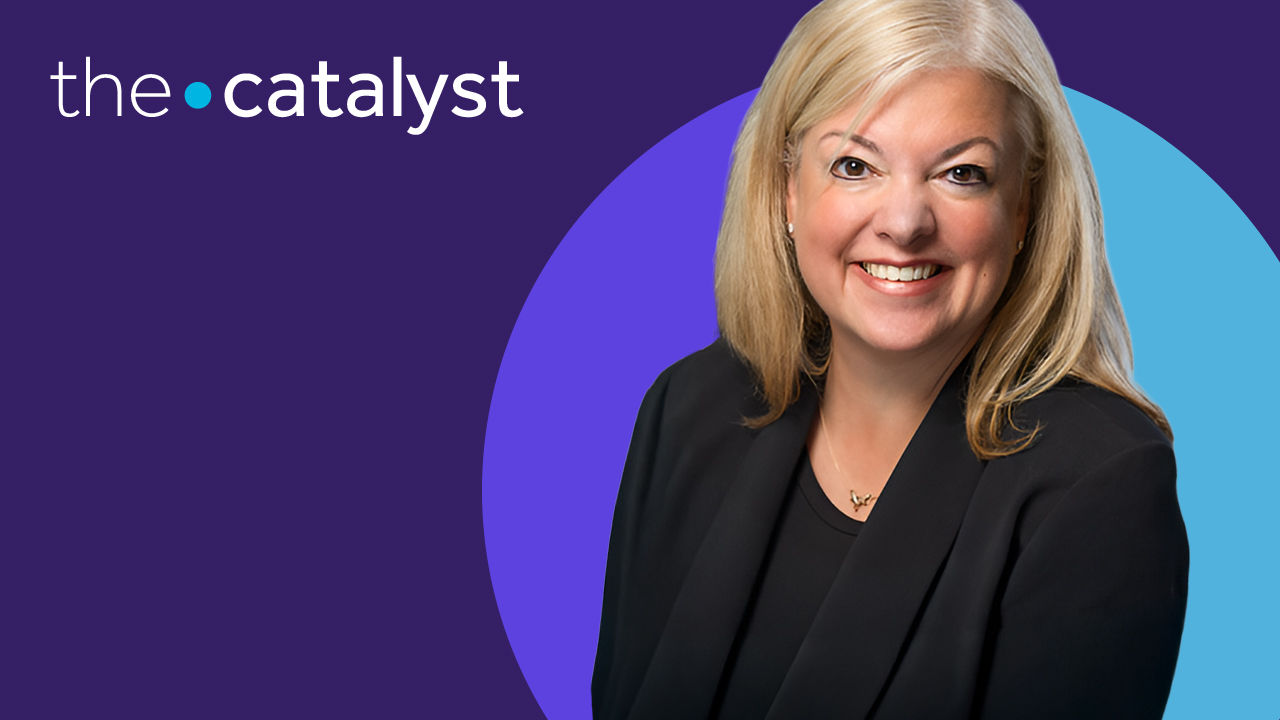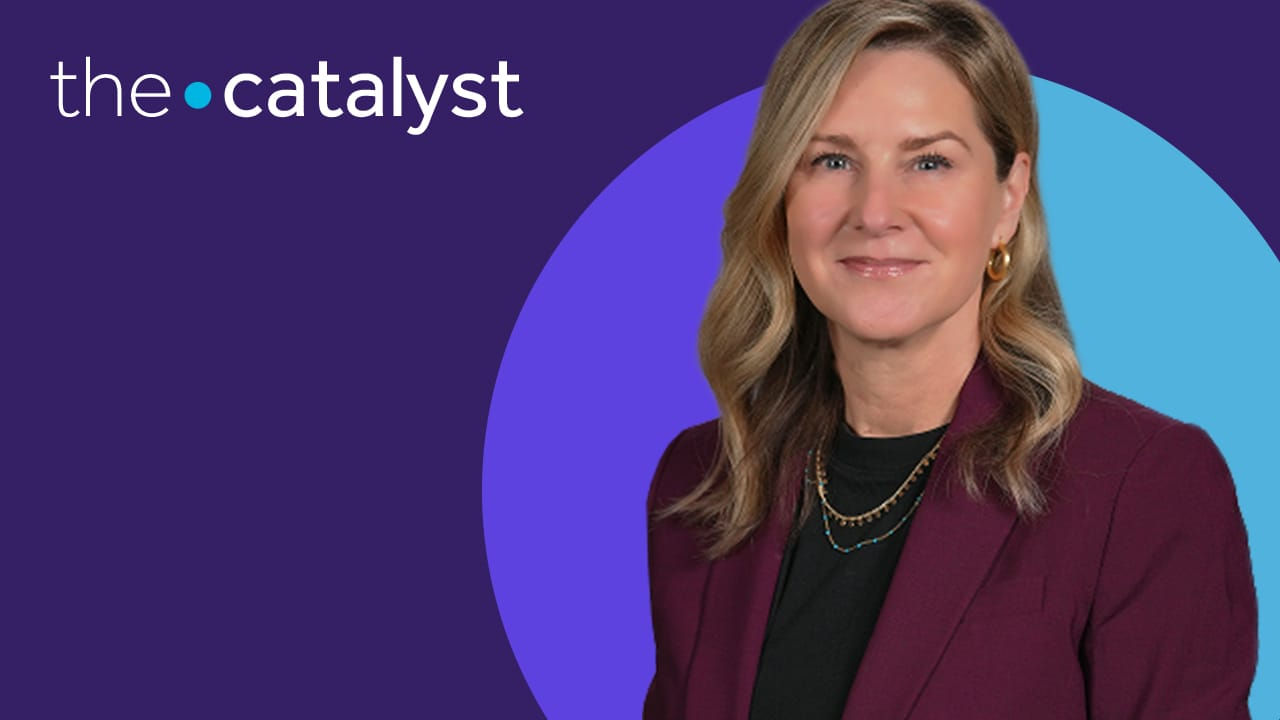PERSPECTIVE SUMMARY

Matt Sopcich, Senior Vice President, General Manager, Mental Health Services, Teladoc Health and Russell DuBois, PhD, Vice President, Clinical Quality, Operations & Innovations, BetterHelp and Teladoc Health
With an emphasis on quality, Teladoc Health is moving mental healthcare forward
Access alone won’t solve the mental health crisis. In a recent conversation with benefits leaders, Russell DuBois, PhD, Vice President, Clinical Quality, Operations & Innovations, BetterHelp and Teladoc Health, and Matt Sopcich, Senior Vice President, General Manager, Mental Health Services, Teladoc Health, discussed what’s standing between people and the care they deserve, and how we’re removing those barriers. Below are excerpts from that conversation, edited for length and clarity.
Matt: The great news is that mental health has become a strategic priority. A recent Business Group on Health survey said 100% include mental health in their well-being strategy. The challenge is that people continue to struggle. Stigma still discourages people from asking for help. If they overcome that barrier, about half may have difficulties finding a therapist because of shortages. Overall, we’re seeing the need for a new approach to mental health.
Russell: This dilemma highlights that it’s a new era for mental healthcare. The belief in mental health is there—plan sponsors are investing in it and people agree it’s beneficial to seek support to maintain well-being. Still, there are barriers to address, and virtual care can play a big role.
Matt: For some, it may be easier to talk to someone from their own home. When someone overcomes the stigma barrier, the last thing they should experience is the frustration of looking for a therapist or having to wait weeks to see someone. There’s a lot of potential with virtual care if the care is still of high quality.
Russell: Quality needs to always be top of mind. At Teladoc Health and BetterHelp, we prioritize capturing meaningful changes at the individual patient level within a defined period of time. We use measurement-based care to do this. Measurement-based care is an evidence-based practice for which the American Psychological Association recently released the industry’s first professional practice guidelines. Using two standard assessments, PHQ-9 for people experiencing depression and GAD-7 for people experiencing anxiety, we capture each patient’s responses at the beginning of care and throughout treatment to track progress and inform treatment and care plan decisions.
Matt: This ensures quality at the patient level but also demonstrates effectiveness for plan sponsors. In this new era of mental health, employers want to see value. They’ve moved beyond simple measurements like utilization rate. They also want to see outcomes, which we can show: 60% of members living with moderate-to-severe depression or anxiety achieve remission or clinically meaningful improvement in 12 weeks. We also have a 90% success rate in preventing the emergence of depression and anxiety for members beginning with subclinical symptoms.
Russell: Clinical outcomes are critical for plan sponsors to consider when evaluating mental health solutions. The other piece is the structure of the solution. How quickly can peopleaccess care? How well does the network meet the needs of your people? Will they be able to find the right provider for them?
In our research, we found that it takes about four visits in 12 weeks to reliably predict better outcomes. Access to care isn’t enough. Patients must have that connection to keep coming back.
Matt: It makes a huge difference when patients are matched with a provider that works for them. It’s even better when they’re matched with that provider in days and not weeks. When we built our EAP, Wellbound, we considered all these aspects because it was clear existing models weren’t working.
EAPs have become a key part of plan sponsors’ mental health strategy. Traditional models are underutilized—less than 5% on average—and there are limitations, such as visit limits, that can negatively affect results. With Wellbound, engagement is a priority. We’ve talked about all that we’re doing to ensure high-quality care. The objective is to get more people to those services and provide a better patient experience. We’re using proven strategies that drive 2-3x higher sign-ups compared to the average EAP.
Russell: Then, once a patient is engaged, keep them engaged. Too often, healthcare bounces people around. They have to have the same conversation with different providers, and it’s a bad experience that hurts quality.
With mental health, continuity of care is so important because it takes time. Wellbound allows visits to be extended beyond typical EAP visit limits, so if a patient is seeing results, they can stick with that provider.
Matt: We see Wellbound as an on-ramp for better well-being—not a tool for a short-term fix. For patients, Wellbound becomes part of a seamless app experience with mental health, physical health and work-life support all in one place.
This is just one way we’re increasing awareness and removing friction. Care advocates provide personalized navigation to virtual or in-person support based on need. Care coordination and in-network referrals ensure a simpler process where members have access to a comprehensive suite of support but aren’t burdened with needing to know how to get started.
A simpler, integrated experience provides tremendous value to the patient and the plan sponsor. There’s a 99% satisfaction rate for people working with care advocates, and 95% of care navigation cases are resolved. For plan sponsors, this means your people are getting the support they need in a timely manner.
Russell: It highlights that access is just a starting point. Quality care is how we transform people’s lives, and Wellbound is putting that in the hands of more patients.










